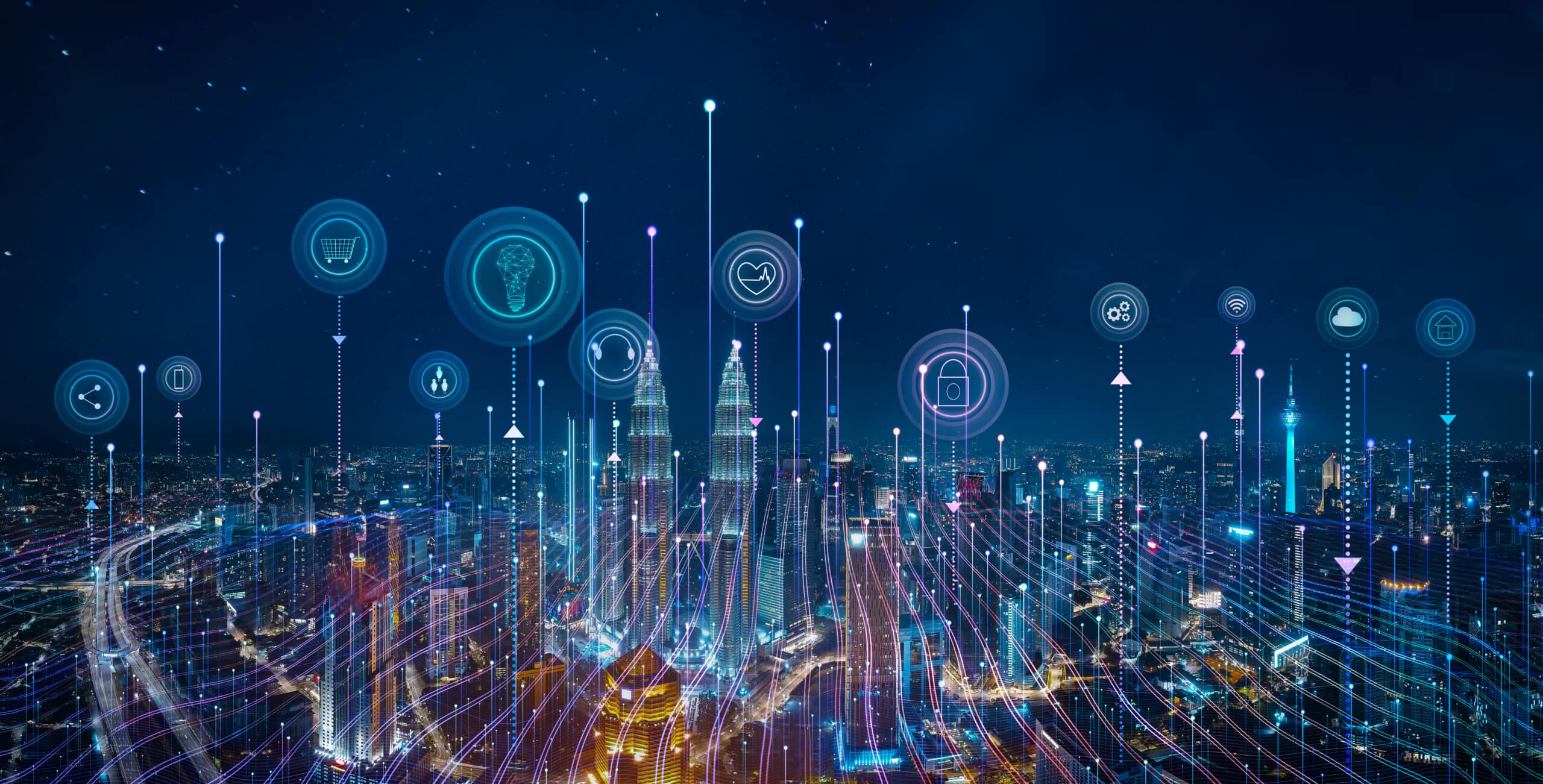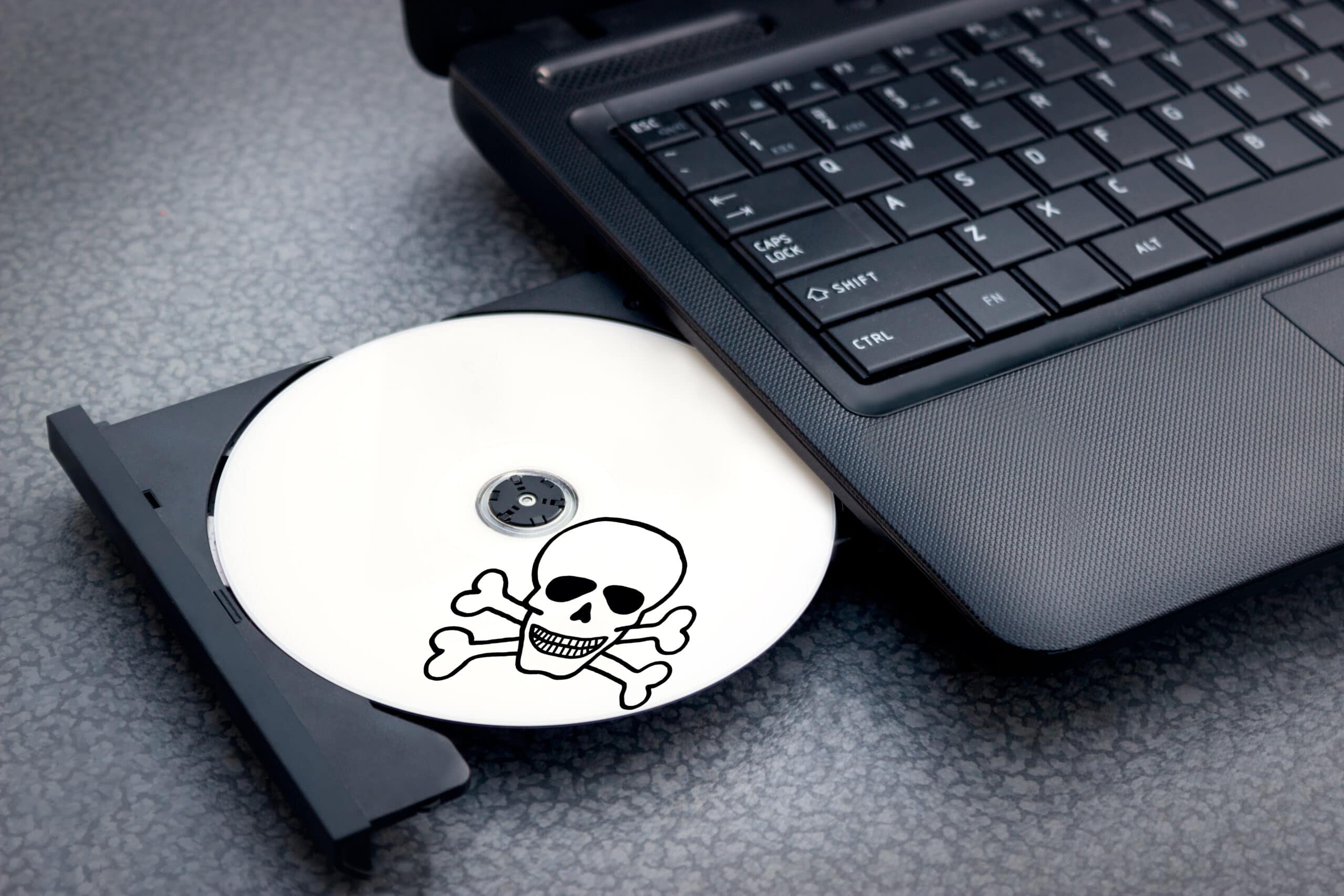The past few years have seen major growth in the use of digital twins in asset management. One study shows that by 2026, digital twins are expected to become a standard feature of all Internet of Things (IoT) applications, incorporated by up to 88% of platforms.
Digital twins harness live data to monitor and optimize assets, providing real-time insights into performance and activity, but the true definition of a digital twin is still subjective based on industry and application. Ultimately, this technology and or service still demonstrates through various use cases a host of benefits to organizations – helping them improve asset management, boost productivity, and reduce maintenance costs.
But to effectively adopt a digital twin, the first step is understanding its purpose, its value, and how it is created.
What Is a Digital Twin?
A digital twin is a virtual model designed to accurately reflect a physical asset, such as a building, power network, infrastructure, or equipment. To create a digital twin, there are various mechanisms depending on the application, but a popular method is fitting objects with sensors that produce data about performance and functionality which is then fed to the virtual copy.
It is important to note, a digital twin doesn’t have to be a 3D model of a building, nor does it have to capture sensor data alone. It can be comprised of a Business Intelligence dashboard of information captured through level sensors in a fuel tank, for example.
Because the digital twin is informed by real-time data, it can be used to run simulations to generate valuable insights and identify opportunities for improvement which can be applied back to the original object. Unlike a standard simulation, the digital twin can study multiple processes concurrently. What’s more, with the ability to enable two-way flow of information between the object sensors and the system process, digital twins can create a feedback loop of data exchange ̶ facilitating better decision-making and more informed outcomes for the physical asset.
An Overview of the Delivery Process
The process involved in creating and delivering a digital twin can be broken down into 5 main steps:
1. Define the Requirements of the Digital Twin
Establishing a digital twin’s intended purpose and scope is key to successful design, delivery, and support. This could be achieved as simply as undertaking a current state and future state assessment articulating the proposed business value of the digital twin. From the outset, the asset owner needs to set clear objectives that address the size of the digital twin ̶ for example, an entire facility, a defined space or specific building function. They will also determine ownership and governance, who will operate the digital twin, and whether it will allow for remote access or on-site use only. A stakeholder engagement period is required for these requirements to be articulated and planned in a way they can be effectively delivered.
Before progressing to the design phase, the asset owner will also need to make key considerations around data usage, including how data integrity will be maintained, which data sources should be included, what data format will be used to ensure interoperability between various technologies, and how to make data easily accessible to the end user.
2. Create a Detailed Design Blueprint
Once the asset owner has defined the requirements of the digital twin, the designer can choose components to achieve its function. This will include picking the type of data, the information capture methods (e.g., sensors and tracking equipment), and information systems to power the digital twin such as IoT-based device management and 3D visualizations.
Simulating a physical environment requires a digitization process. One method is using photogrammetry and/or scanning to record the characteristics of the space and generate a 1:1 model. Designers can then assemble the images into a 3D digital twin building model, leveraging machine learning systems to compile information and automatically calculate measurements. A Recent development in the reality capture space relevant to digital twins is the ability to automatically segment out data and generate meshed objects, which prevents the need for back modelling already recorded information.
Designers will continue adding features and functionality according to the purpose of the model. These might include visual components, such as lighting effects and textures, enabling users to go on a virtual tour of the physical environment. Interactive nodes can also be attached to an object to grant users control of building functions and allow them to self-navigate through the space.
3. Ensure the right stakeholders are on board
Multiple stakeholders will be involved in delivery, including designers and construction contractors. It is crucial that all parties are aligned on a clear vision for the digital twin, to ensure they are following the same process. A holistic approach to digital engineering will enable increased communication between project stakeholders and mitigate issues in the delivery of a digital twin. It can achieve this through integrating data from multiple sources to facilitate informed decision-making and collaboration for a streamlined project delivery.
Digital engineers work with the organization to understand their operating environment and workflows, creating a framework that streamlines data capture and input. This will maintain the digital twin model as a single source of truth for the asset – with the same information available to all stakeholders, so they can work together to deliver the best results.
4. Deliver a Completed Model
With a detailed blueprint in place, the build phase can begin – and may take several months to complete due to the complexity of system interoperability, capturing legacy data and information as well as stakeholder engagement. The project team will decide on the core data product, enabling the development of visualizations and a single source of asset information. Once information is being generated and collated in a manner that is representative to the digital twin output, data analytics can be introduced to generate further insight to the asset owner.
The team then continues to draw in further data layers and analytics to the digital twin to support new use cases and expand its capabilities, so it can advance to providing simulations through the use of artificial intelligence. Once construction is complete, the model can be fully integrated with the physical building, allowing designers to test and optimize the experience. This last step can be achieved with interactive dashboards, live models, and/or simulations presented within the asset itself.
5. Manage the Model on an Ongoing Basis
On deployment, digital twins can become self-learning systems which are continuously updated with new data. However, as the greatest benefit of a digital twin is realized when it spans the lifecycle of the built asset, it needs to be managed to ensure that it remains accurate to the physical object. When changes occur on-site, they must also be made to the digital model. To facilitate ongoing management of the digital twin, DBM Vircon offers a Serviced Asset Information Model (SAIM).
In Conclusion: A Holistic Approach to Digital Twin Delivery
Digital twins are quickly becoming critical business tools for asset management, as the technology is made accessible to organizations with a range of digital capabilities. But to harness the benefits of a virtual model, design engineering teams need to deliver a holistic service that adds value at every stage of the delivery process, from initial scoping and 3D visualization through to ongoing management.



